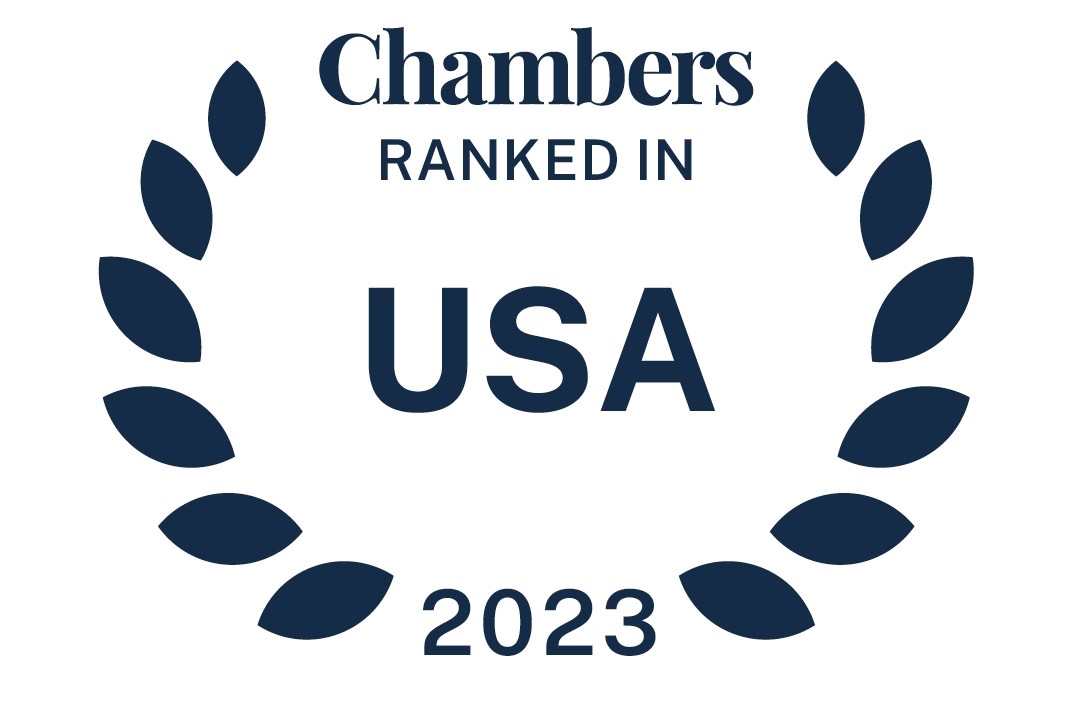After a brief hiatus to discuss the pleading standards adopted by the US Court of Appeals for the Tenth Circuit in E.W. v. Health Net Life Insurance Company, we return to our examination of the comments submitted in response to the proposed regulations under the Mental Health Parity and Addiction Equity Act (MHPAEA). The US Departments of Labor, Health and Human Services and the Treasury (the Departments) issued the proposed regulations in 2023. Our previous MHPAEA content is available here.
In this post, we examine the impact of the proposed regulations on small and medium-sized self-funded plans through the lens of a National Association of Benefits and Insurance Professionals (NABIP) comment letter.
The MHPAEA governs the conduct of group health plans and health insurance issuers. This structure works fine in the case of fully insured group health plans, since compliance by the issuer or carrier generally results in compliance by the plan. The former acts on the latter’s behalf. The calculus is different, however, in the case of self-funded plans that typically rely on third-party administrators for their MHPAEA compliance. Often, the third-party administrator is also a licensed carrier that is providing services on an “administrative services only” basis. Here, the group health plan alone bears the responsibility for MHPAEA compliance even though, as a practical matter, the plan will rely heavily, if not entirely, on its administrative services only provider to comply.
One of the attractions of self-funding is that the plan has the ability (in theory) to customize plan design features and strategies, including mental health benefits. In practice, only large employers have the bargaining leverage to modify their group health plan’s design features, however. Other employers are essentially beholden to their service provider(s) for their mental health benefits and other plan designs. To date, that compliance has been less than robust. See, e.g., a comment letter submitted by the state attorneys general of New York, California, Colorado, Delaware, the District of Columbia, Illinois, Maine, Maryland, Massachusetts, Michigan, Minnesota, Nevada, New Jersey, Oregon, Pennsylvania, Rhode Island, Vermont and Washington addressing their efforts to enforce their mental health and substance use parity laws against carriers. In this sense, then, it can be said that MHPAEA compliance does not “scale.” As a plan’s leverage over its service providers decreases, so does its design flexibility and options.
There is another, perhaps more basic, sense in which the MHPAEA rules do not scale. The cost of compliance can be substantial. That cost may be manageable when spread over hundreds of thousands of covered lives but not so much when spread over hundreds of lives. The net effect of this disparity is that small plans will likely be forced to adopt far simpler, prepackaged and potentially less effective nonquantitative treatment limitation (NQTL) design strategies.
The NABIP’s comment letter addressed the following issues, principally from the perspective of self-funded plans:
- The need for a compliance safe harbor [...]
Continue Reading
read more

 Subscribe
Subscribe



